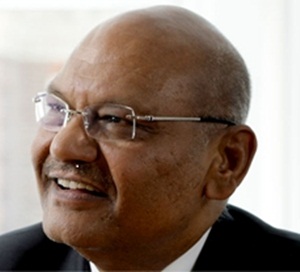Reliance Industries Ltd (RIL) has reported a net profit of Rs15,512 crore ($1.9 billion), for the fiscal second quarter which was slightly (0.2 per cent) higher compared to the comparable quarter of the previous year.
Gross revenue for the quarter was Rs253,497 crore ($31.2 billion), which was 32.4 per cent higher year-on-year. EBITDA (excluding impact of special additional excise duty (SAED) related costs of Rs4,039 crore) for the quarter was higher by 27.8 per cent at Rs38,702 crore ($4.8 billion).
EBITDA (including impact of SAED related costs of Rs4,039 crore) for the quarter was higher by 14.5 per cent at Rs34,663 crore ($4.3 billion).
Cash profit for the quarter was higher by 15.4 per cent at Rs27,614 crore ($3.4 billion). EPS for the quarter, however, was 3.3 per cent lower at Rs20.2 per share.
RIL reported standalone net profit of Rs6,915 crore ($850 million) for the quarter ended 30 September 2022, which was lower by 25.1 per cent compared to the corresponding quarter of the previous fiscal.
Cash profit for the quarter was lower by 8.9 per cent at Rs10,688 crore ($1.3 billion).
Gross revenue for the quarter was 34.5 per cent higher at Rs146,310 crore ($18.0 billion).
EBITDA (excluding impact of SAED related costs of Rs4,039 crore) for the quarter was 19.9 per cent higher at Rs19,361 crore ($2.4 billion).
EBITDA (including impact of SAED related costs of Rs4,039 crore) for the quarter was 5.1 per cent lower at Rs15,322 crore ($1.9 billion).
Exports for the quarter rose 57.5 per cent to Rs86,382 crore ($10.6 billion).
Reliance Jio Infocomm Limited, a subsidiary of the company, acquired spectrum in the 700MHz, 800MHz, 1800MHz, 3300MHz and 26GHz bands in the auctions conducted by the Department of Telecommunications. The acquisition of the right to use this spectrum will enable Jio to build the world’s most advanced 5G network and further strengthen India’s global leadership in wireless broadband connectivity, the company stated in a release.
Jio’s 5G network will enable the next generation of digital solutions that will accelerate India’s AI-driven march towards becoming a $5+ trillion economy, it added.
Jio has announced the beta trial of its 5G services, for Jio users in 4 cities – Mumbai, Delhi, Kolkata and Varanasi – after successful demonstration at the India Mobile Congress, 2022.
Jio said the roll-out of 5G services will speed up India’s transformation into a Digital Society. This connectivity and technology will help improve access to education, health care, agriculture, skill development, small, medium and large enterprises, IoT, smart homes and gaming, impacting 1.4 billion Indians.
Jio Platforms Limited, a subsidiary of the company, and Meta announced the launch of the first-ever end-to-end shopping experience on WhatsApp, where consumers can shop from JioMart right within their WhatsApp chat. A global first, JioMart on WhatsApp will enable users in India, including those who have never shopped online before, to seamlessly browse through JioMart’s entire grocery catalogue, add items to cart, and make the payment to complete the purchase – all without leaving the WhatsApp chat.
Reliance Strategic Business Ventures Limited (RSBVL), a wholly owned subsidiary of the company, and Sanmina Corporation (Sanmina), announced the completion of a previously announced joint venture transaction. The joint venture will create a world-class electronic manufacturing hub in India, in line with the Prime Minister's “Make in India” vision. The joint venture will prioritise high technology infrastructure hardware, for growth markets, and across industries such as communications networking (5G, cloud infrastructure, hyperscale data centers), medical and healthcare systems, industrial and cleantech, and defence and aerospace.
Reliance New Energy Limited (RNEL), a wholly owned subsidiary of the company, in vested inCaelux Corporation, a Pasadena, California, US based company engaged in the development of perovskite-based solar technology. RNEL has invested $12 million to acquire 20 per cent stake in Caelux. This investment will accelerate product and technology development for Caelux, including construction of its pilot line in the US, for expediting commercial development of its technology. RNEL and Caelux have also entered into a strategic partnership agreement for technical collaboration and commercialisation of Caelux’s technology.
The company also acquired majority stake in SenseHawk Inc for a total transaction value of $32 million, including funding for future growth, commercial rollout of products, and R&D.
SenseHawk is a California-based developer of software-based management tools for the solar energy generation industry and helps accelerate solar projects from planning to production by helping companies streamline processes and use automation.
Jio Platforms Ltd (JPL) reported consolidated net profit of Rs4,729 crore ($581 million) for the quarter, which was higher by 26.9 per cent. Cash profit for the quarter was 33.6 per cent higher at Rs10,966 crore ($1.3 billion).
Gross revenue for the quarter was 22.8 per cent higher at Rs28,506 crore ($3.5 billion). EBITDA was up 29.2 per cent at Rs12,011 crore ($1.5 billion).
Total customer base of the company as of 30 September 2022 stoo at 427.6 million while average revenue per user (ARPU) during the quarter stood at Rs177.2 per month.
Total data traffic increased by 22.7 per cent to 28.2 billion GB during the quarter.
Reliance Retail reported a 36 per cent jump in its net profit for the quarter at Rs2,305 crore ($ 283 million).
Gross revenue for the quarter was higher by 42.9 per cent at Rs64,920 crore ($8.0 billion). EBITDA for the quarter was up 51.2 per cent at Rs4,404 crore ($541 million). Cash profit for the quarter was higher by 45.0 per cent at Rs3,324 crore ($409 million).
During the quarter Reliance Retail opened 795 new stores, taking the total number of operational physical stores to 16,617 – with total area of 54.5 million sq feet, compared to 37.3 million sq feet in the corresponding quarter of the previous financial year.
“I am pleased with the record performance of our consumer businesses which continue to scale new milestones every quarter. We saw consistent net subscriber additions and higher engagement in digital services segment. Jio has announced beta trial for its standalone 5G services and is making rapid progress for an ambitious and the fastest ever roll out of True 5G on pan-India basis. Our Retail business delivered record performance with strong revival in footfalls, store additions and digital integration. Reliance Retail continues to provide a compelling proposition of great shopping experience and superior value across consumption baskets and price points,” Mukesh D Ambani, chairman and managing director of Reliance Industries Limited, said.
Ambani attributed the underperformance of RIL’s oil-to-chemicals (O2C) business to subdued demand and weak margin environment across downstream chemical products. Transportation fuel margins were, however, better than last year but significantly lower sequentially. Segment performance was also impacted by the introduction of special additional excise duties during the quarter to ensure stable supply and lower volatility in the domestic market, he added.
Source: https://www.domain-b.com/





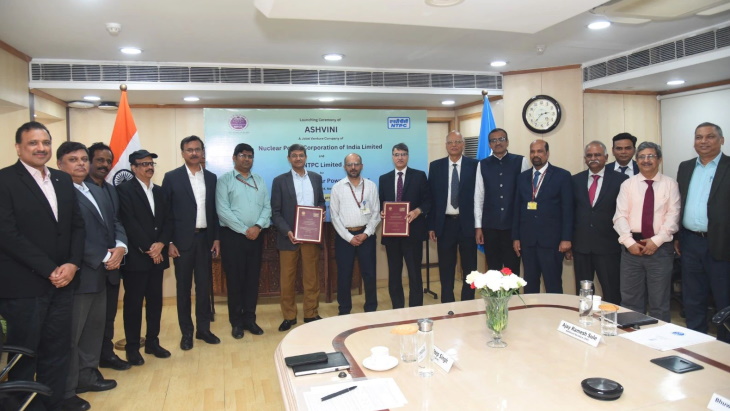




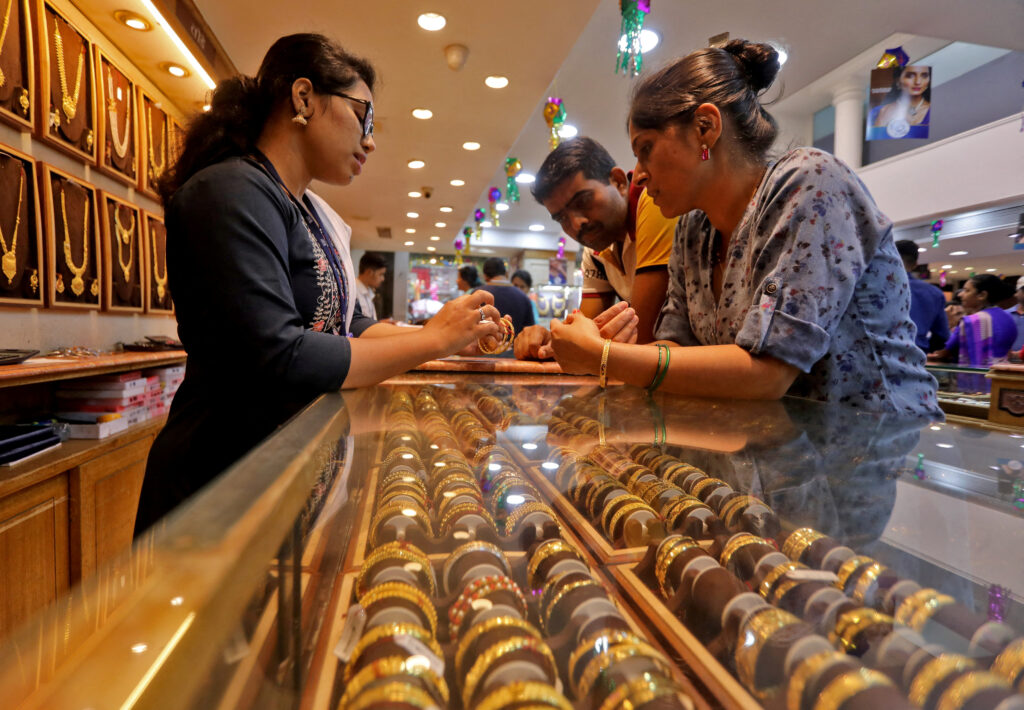

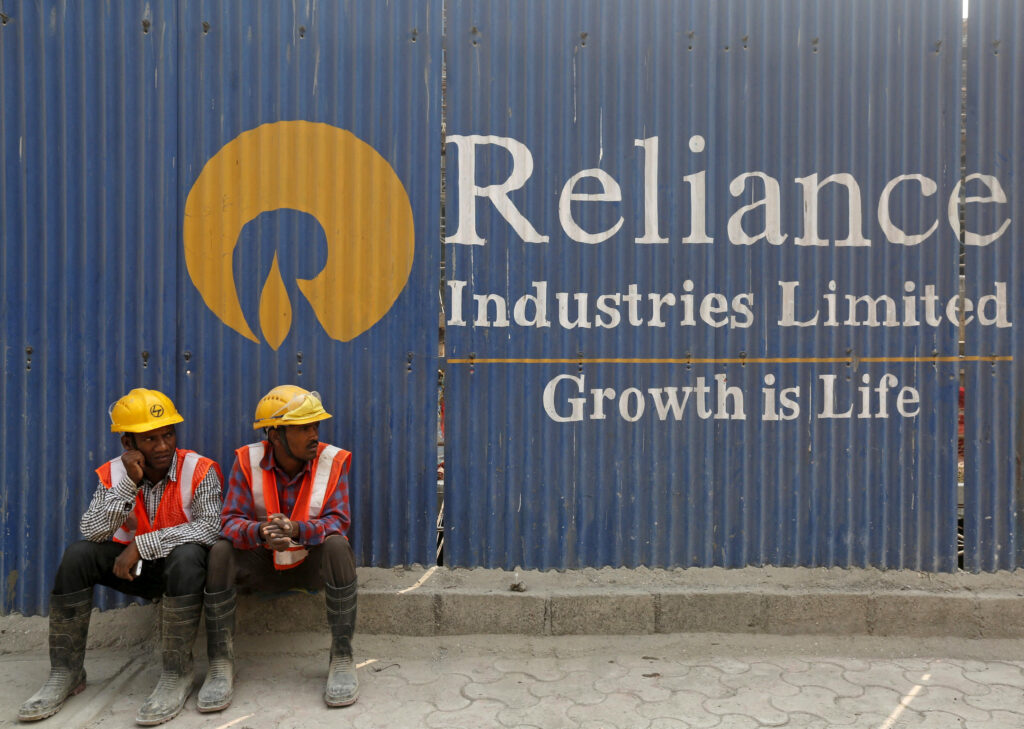
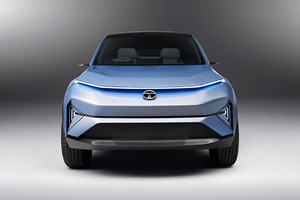

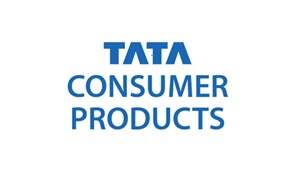
.jpg)



